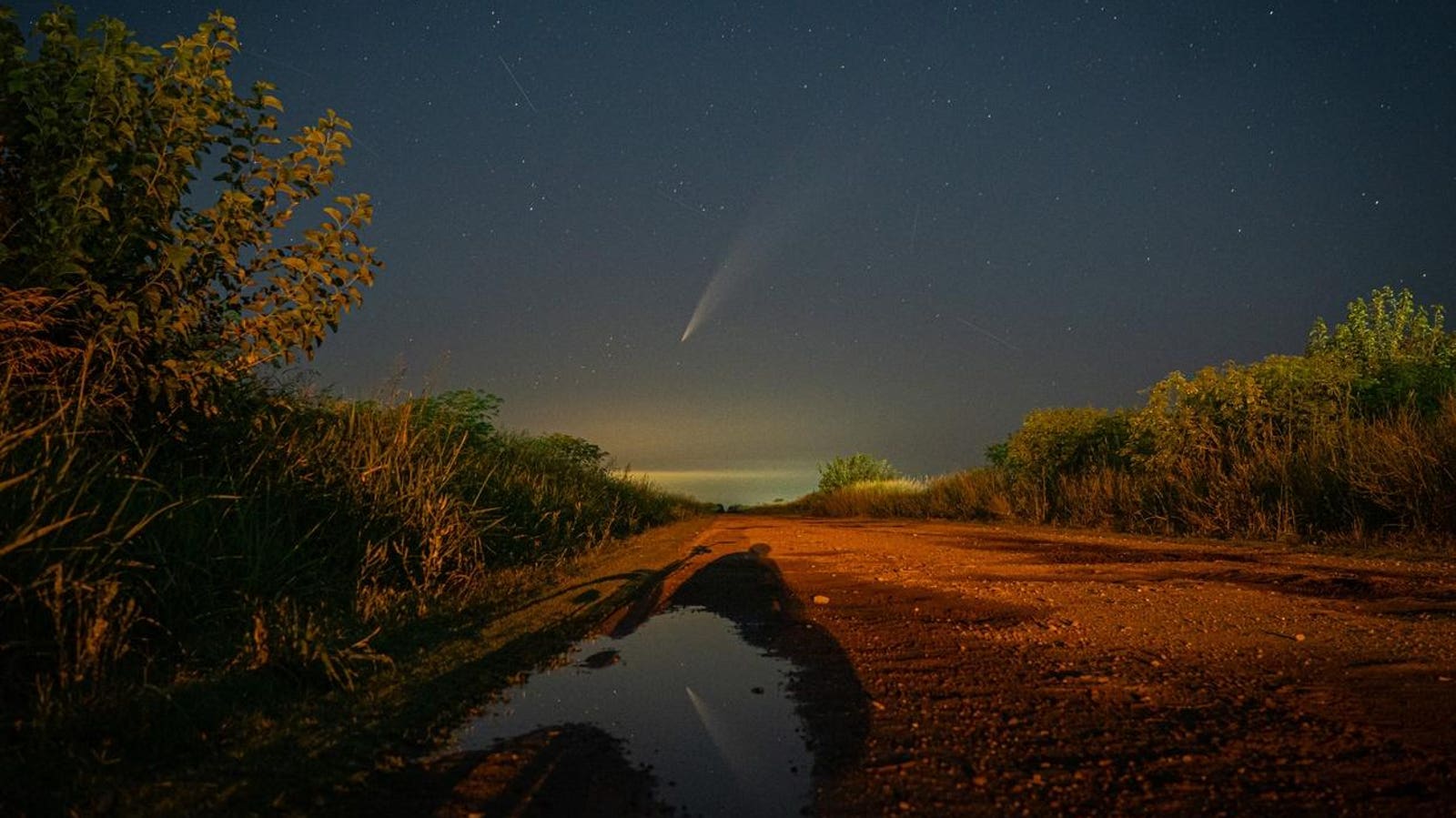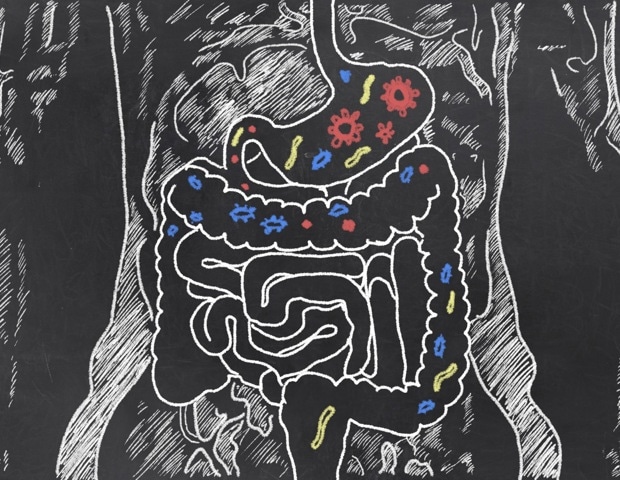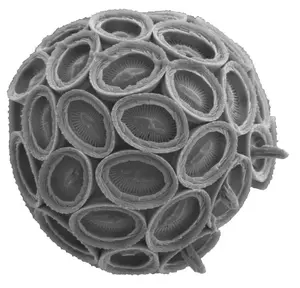WASHINGTON – Just as Earth orbits the sun, most planets discovered beyond our solar system orbit a host star. But some are out there all by themselves, called rogue planets. While their origins are poorly understood, astronomers have now spotted…
Category: 7. Science
-

When And Where To See Comets Lemmon And SWAN
Topline
Two green comets — Lemmon (C/2025 A6) and SWAN (C/2025 R2) — are becoming visible from the Northern Hemisphere in binoculars or a small telescope. They’ll get brighter around Oct. 20-23 as the Orionid meteor shower peaks, but comet…
Continue Reading
-
How the brain knows when to eat: Study reveals key protein behind appetite control – Wiley Analytical Science
- How the brain knows when to eat: Study reveals key protein behind appetite control Wiley Analytical Science
- Scientists Find Hidden Switch Controlling Hunger SciTechDaily
- ‘Food Noise’ Breakthrough: Scientists Discover Brain Protein That Could…
Continue Reading
-

Why shooting stars aren’t stars at all: Understanding meteors, meteorites, and meteor showers |
When you look up at the night sky and spot a bright streak of light racing across it, you’re witnessing one of nature’s most mesmerising events- a meteor, often called a “shooting star.” Despite the name, these dazzling flashes aren’t…
Continue Reading
-

Missed clicking pictures of the supermoon? It's returning to the skies – India Today
- Missed clicking pictures of the supermoon? It’s returning to the skies India Today
- Dazzling supermoon illuminates skylines around the world BBC
- October’s full Harvest Moon — See breathtaking photos of 1st supermoon of 2025 Space
- Shine on The…
Continue Reading
-

World Mental Health Day 2025: Surrey residents accessing support
“A pressured world” could be one of the reasons a mental health helpline received more than 2,000 extra calls last year, an expert said.
Surrey and Borders Partnership NHS Foundation Trust said its helpline received 34,350 calls between January…
Continue Reading
-

Evolutionary mutation in cGAS enhances naked mole-rat DNA repair
The secret to the naked mole-rats’ extraordinarily long life may lie in subtle changes to just four amino acids, researchers report. According to a new study, evolutionary mutations in cGAS – an enzyme in the innate immune system…
Continue Reading
-

NASA Astronaut Feels ‘Incredible’ at Age 75. Here’s Why. : ScienceAlert
Winston Elliott Scott knows a thing or two about being in space.
As a NASA astronaut, Winston took trips into orbit in 1996 and 1997 on board two different shuttles, logging just over 24 days in space by taking part in two missions that…
Continue Reading
-

UCLA scientists uncover the role of DGRs in structuring the infant gut microbiome
Everywhere you go, you carry a population of microbes in your gastrointestinal tract that outnumber the human cells making up your body.
This microbiome has important connections to health in your gut, brain and immune…
Continue Reading

